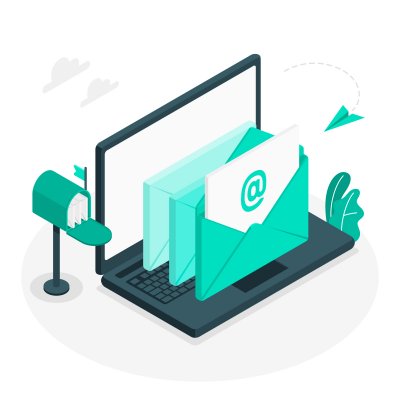Supercharge Your Email Marketing with SMTP/IMAP Integration
With EQUP's SMTP/IMAP integration, you can easily connect your existing email accounts to the EQUP platform, enabling you to manage all your email communication in one place.

With EQUP's SMTP/IMAP integration, you can easily connect your existing email accounts to the EQUP platform, enabling you to manage all your email communication in one place.

EQUP's SMTP/IMAP integration feature makes it easy for businesses to manage all their email communication within the EQUP platform. With just a few clicks, businesses can integrate their Gmail, Outlook, or business email accounts, and start managing their email communication with customers more efficiently.
EQUP's SMTP/IMAP integration feature provides businesses with advanced tools for email management, including email tracking, email templates, and auto-responses. With these features, businesses can easily track email performance, create customized emails, and automate routine tasks.
By using EQUP's SMTP/IMAP integration feature, businesses can save time, enhance productivity, and provide better customer support through streamlined email communication.
The SMTP/IMAP Integration allows you to view all your emails in one place, regardless of the email service provider you use. This makes it easier for you to manage your emails and keep track of important information.

With the SMTP/IMAP Integration, you can easily send emails with attachments, such as documents or images, directly from your email client. This saves you time and effort, and allows you to send important files quickly and easily.

The SMTP/IMAP Integration also allows you to schedule emails to be sent at a later time or date. This can be useful if you want to send emails at a specific time, such as during business hours, or if you want to schedule follow-up emails in advance.

With the SMTP/IMAP Integration, you can track when your emails are opened and read by the recipients. This helps you to gauge the effectiveness of your email campaigns and make any necessary adjustments to improve engagement.

The SMTP/IMAP Integration offers two-way synchronization between your email client and your CRM system. This means that any changes made to your emails or contacts in either system are automatically reflected in the other system, keeping your data up-to-date and consistent.
